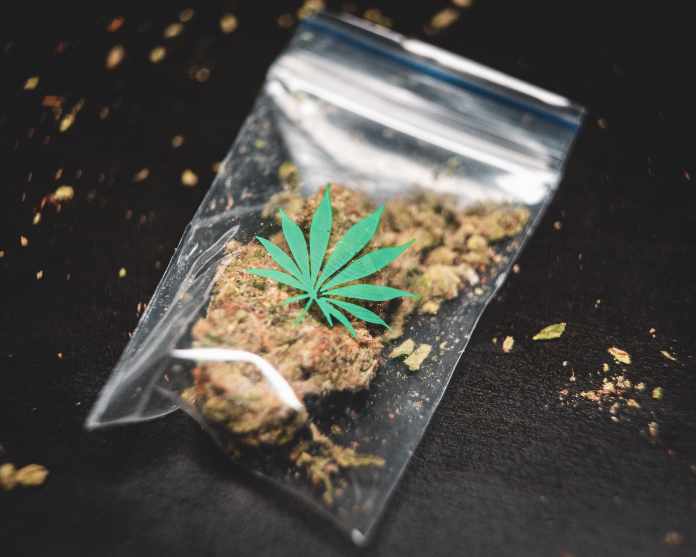Illicit substances are a part of life, and have been all throughout history. Humans have always sought methods to manufacture pleasure outside of conventional moorings or ways of escaping the world around them for a brief time. Read on to find about the most dangerous Australian drugs streets.
Modern Australian society is no exception. It’s estimated that over 3 million Aussies use illicit substances every year, with over 40% of people admitting that they’ve used drugs at least once in their lifetime.
So, if drug consumption is so prevalent, what’s the most dangerous? Are some more harmful than others? The Australian Drugs Harm Ranking Study was published by the Journal of Psychopharmacology in 2019, ranking 22 different illicit substances based on the propensity for harm. The 16 criteria covered a range of subjects, including:
- Harm to individuals through illness, injury, and death
- Harm to others through violence, crime, and relationship breakdowns
- Societal harm through unemployment and rising economic costs
This list will cover the dangers of illicit and abused drugs, as opposed to legal substances more widely available in the community.
For example, sitting outside the definition of this list, alcohol is the most harmful legal drug in Australia today. Drinking is an intrinsic part of our cultural identity, playing a part in basically all facets of society. Over 6,000 individuals die from causes related to alcohol, including heart disease, cancer, and physical injuries.
Individuals succumbing to alcohol dependence also experience what is referred to as loss of tangibles — when a person loses their home, their job, and their family from alcohol abuse. Problem drinking is such a pervasive issue, that the risk factors extend to domestic partners and children.
The worst illicit substance in Australia today is none other than crystal methamphetamine, otherwise known as ice. The inherently addictive and destructive nature of meth costs the Australia public around $5 billion a year — a figure set to rise as ice addiction rates increase.
Illicit opioids, like heroin, come in at third place. Heroin is incredibly addictive, and has the potential to force negative, permanent changes upon an addict. Homelessness, crime, and violence are just some of the examples. Legal, medically-disseminated opioids like fentanyl, oxycodone, and morphine, are widely accessible in the community, priming them for abuse and misuse.
Like legal opioids, prescription benzodiazepines like Xanax and Valium have a high proneness for addiction and abuse. Users often admit to using more and more benzodiazepines to reach the desired effect as their tolerance increases. When coupled with alcohol, they are especially dangerous, and can lead to coma and death.
Cannabis, synthetic cannabis, and tobacco are illegal and controlled substances that are usually consumed via combustion and inhalation, otherwise known as smoking. These Australian drugs pose less societal risks than other substances. However, they pose greater health risks to users, including higher rates of cancer and cardiovascular problems.
It does not matter what substance is being consumed — if it is excessive, or outside the boundaries of the law, it is abuse. Consequences for individuals are just as serious as the societal impact of the substance. Fortunately, there are options to help treat drug abuse and addiction.
Users seeking to be free of society’s most harmful substances can access addiction treatment options as an inpatient or an outpatient. These medically-supervised facilities allow users to find independence and freedom from addiction in a safe and supportive environment.
All drugs, from ice to alcohol, have the ability to negatively impact the lives of addicts and those around them. If you or someone you know is suffering from addiction, there is help out there.










